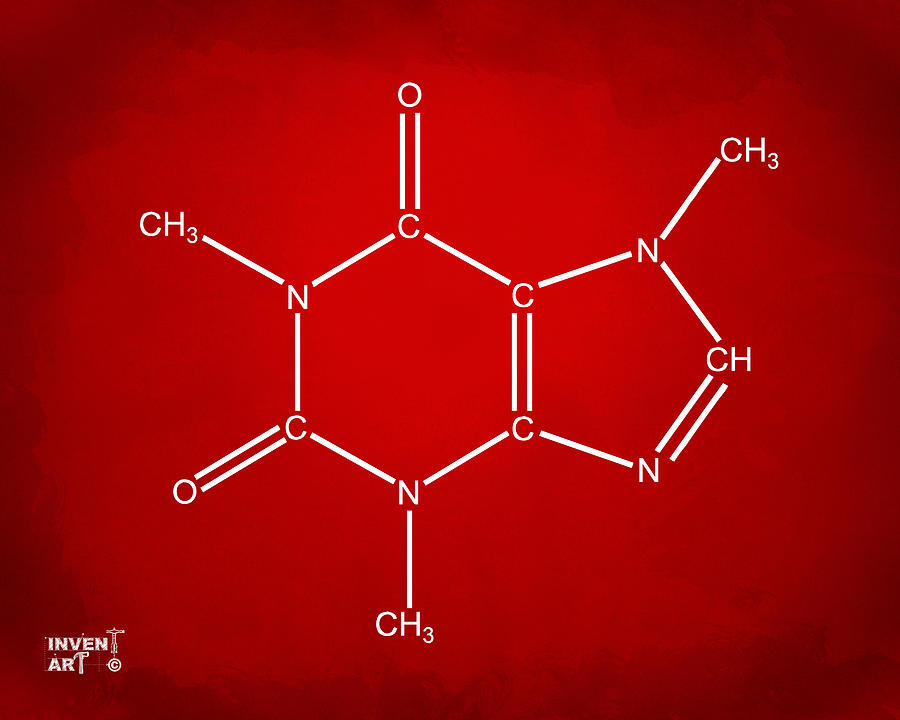
Tea, another common source of caffeine, is produced by brewing leaves of the tea plant ( Camellia sinensis), which has hundreds of varieties. Arabica coffee beans average 24 mg/gram (g) of caffeine whereas the Robusta variety averages 13 mg/g (Casal et al. Darker roasts of coffee have less caffeine than lighter roasts, since the roasting process reduces the caffeine content of the bean. serving of coffee has about 100 milligrams (mg) of caffeine. There are many factors affecting the caffeine content of a cup of coffee including the type of bean, the roasting method, and the method of preparation used, but in general, one 8 oz. There are many species of the genus Coffea whose caffeine content varies widely. The world's primary source of caffeine is the coffee bean (the seed of the coffee plant), from which coffee is brewed. In nature, caffeine is found in varying concentrations along with other xanthine alkaloids such as theophylline and theobromine, which are also stimulants.Ĭaffeine is the most widely used psychoactive substance in the world While this drug has been considered safe if used in moderate amounts, overconsumption has been tied to such deleterious symptoms as nervousness, insomnia, and jitteriness, and long-term effects of prolonged, repeated use can include risk of stomach ulcers, dependency, and withdrawal symptoms (such as headache, irritability, tiredness, and depression). However, if caffeine is to be consumed, self-discipline and moderation are also required. It has even been used by the Sufis as a spiritual aid, to help with their prayers. In the United States, the average is 238 mg per person per day (RSNA 2005).īecause of its stimulant quality, many people consider caffeine to have a beneficial impact on their lives, including greater mental alertness, faster flow of thought, improved focus, and better coordination.

Global consumption of caffeine is estimated to be 76 milligrams (mg) per person per day. Today, beverages containing added caffeine-such as colas and energy drinks-enjoy popularity great enough to make caffeine the world's most widely consumed psychoactive drug. Some less common sources of caffeine are cassine ( Ilex vomitoria), yoco ( Paullinia yoco), mate' (from yerba mate, Ilex paraguariensis), and guaraná ( Paullinia cupana) (Hill 1952). Historically, the most common food sources of caffeine in the human diet have been coffee (from the coffee plant, Coffea sp.), tea (from the tea plant, Camellia sinensis), and chocolate (from the cacao plant, Theobroma cacao). In its pure form, it is a white powder that is odorless with a slightly bitter taste.Īt present there are 63 different species of plants known to contain caffeine (Phytomedical Technologies 2006). It is a central nervous system stimulant.

Caffeine is classified as a methylxanthine alkaloid. Materials in their standard state (at 25 ☌, 100 kPa)Ĭaffeine is a chemical compound that is made by plants. Except where noted otherwise, data are given for


 0 kommentar(er)
0 kommentar(er)
